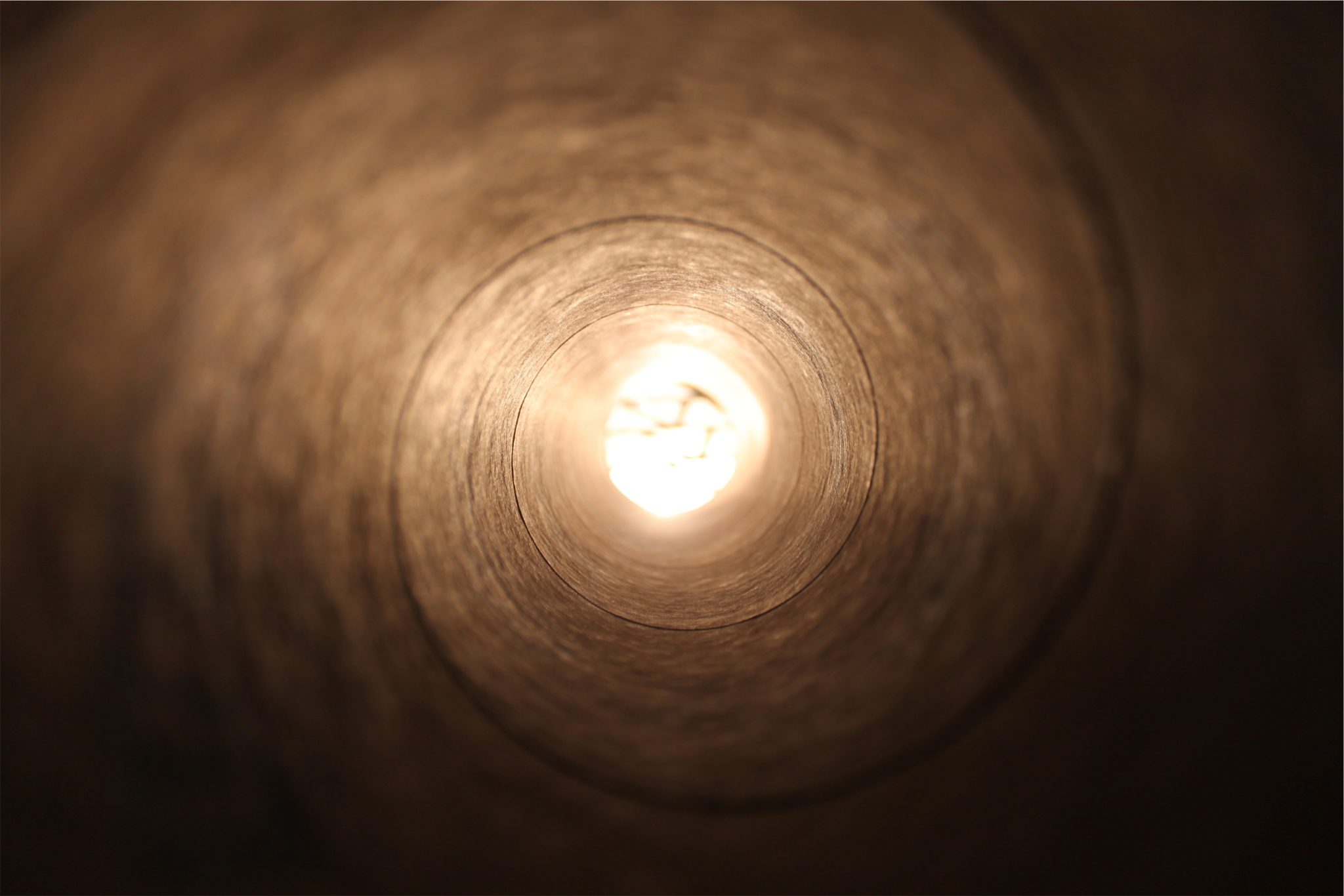There were no greater festivals for Israel than the 15th of Av and Yom Kippur. On these days the daughters of Jerusalem would go out … and dance in the vineyards. And what would they say? “Young man, raise your eyes and see whom you select for yourself….”
And so it is written, “Go out, daughters of Zion, and see King Solomon,[1]in the crown with which his mother crowned him on his wedding day and on the day of his heart’s rejoicing”.[2] “His wedding day” – this is the Giving of the Torah; “the day of his heart’s rejoicing” – this is the building of the Holy Temple, which shall be rebuilt speedily in our days
Talmud, Taanit 26b
It is no coincidence that Yom Kippur and the 15th of Av served as occasions for matchmaking for the young men and women of Jerusalem: these two days are the respective betrothal and marriage[3] dates of G-d and Israel. Yom Kippur – the day on which the Second Tablets were given to Moses, marking the completion of the covenant at Mount Sinai[4] – is the day of Israel’s betrothal to G-d. The 15th of Av – the day that represents the rebirth which follows the great fall of Holy Temple’s destruction on the 9th of Av[5] – celebrates the ultimate consummation of our marriage with the final Redemption of Moshiach.
After relating how “the daughters of Jerusalem would go out … and dance in the vineyards,” and that “whoever did not have a wife would go there” to find himself a bride, the Talmud goes on to describe three different categories of “daughters” and how each would call out to her prospective bridegroom:
What would the beautiful ones among them say? “Look for beauty, for a woman is for beauty.”
What would those of prestigious lineage say? “Look for family, for a woman is for children.”
What would the ugly ones say? “Make your acquisition for the sake of Heaven, as long as you decorate us with jewels.”[6]
The marriage of G-d and Israel also includes these three categories of “brides.” Amongst the souls of Israel are “beautiful” souls, souls “of prestigious lineage,” and “ugly” souls, and each type contributes its unique dimension to our relationship with G-d.
Love
There are two kinds of love, say the Chassidic masters. There is a love that is generated by the person’s own mind and heart, when he dwells upon the beloved’s greatness and desirability and thereby develops feelings of love and attraction to it. Then there is an inborn love: a love that a person has not created himself – indeed, he may be unaware that he possesses it – but which resides in his heart from birth, a natural bond and attraction that is implanted in his soul by virtue of who and what he is.
“You shall love G-d”[7] is a crucial component of our relationship with the Almighty. Aside from the fact that loving G-d is one of the 613 mitzvot (divine commandment), it is also a prerequisite for the proper observance of all the mitzvot. Mitzvot which are not motivated by a love of G-d are performed mechanically and erratically; only one who loves G-d serves Him in a manner that is both integral and enduring.[8]
Our love for G-d also comes in the two forms described above. By studying what G-d has revealed about Himself in His Torah and contemplating and meditating upon these truths, one develops a feeling of love toward Him – a desire to approach His great and magnificent being, to unite and become one with Him. Indeed, this is one of the primary functions of prayer, “the service of the heart”[9]: to generate a feeling of love for the Creator by meditating on His greatness and majesty.
But also the person who does not succeed in creating a “self-generated” love by these means can attain a love of G-d, by resorting to the inborn love for Him we each possess as “an inheritance from our forefathers.”[10]Abraham, the first Jew, was the very embodiment of divine love (“Abraham, who loves Me,”[11] in G-d’s words to Isaiah), and G-d rewarded him with the gift of “fatherhood” – the ability to bequeath this love to his descendants. So each and every Jew has Abraham’s love of G-d encoded in his spiritual genes. As with all inborn characteristics, this love may be buried in the subconscious, stifled by the dross of material life; but it can always be wakened and called upon to stimulate and vitalize our observance of the mitzvot.
The advantages of the second type of love are obvious. Every Jew possesses it – and the ability to realize it – regardless of the extent of his cognitive and meditative skills or his spiritual sensitivity. Furthermore, a self-generated love will always be limited by the finite capacities of the mind and heart which have created it, and will fluctuate in accordance with the person’s mental and emotional state at any given moment; our inborn love, being divinely granted, is infinite and unequivocal.
But there are advantages to self-generated love as well. Though lesser in essence and scope, it is more keenly felt, more exuberantly experienced. For such is our nature: what we create is more precious to us than the most valuable endowment, what we conceive of ourselves is somehow more relevant and real than what is learned from the greatest master. So although the stimulation of our inherited love for G-d would suffice to drive our observance of the mitzvot, we should nevertheless strive to enhance our relationship with Him with the ecstasy and passion that only a love created by our own faculties and initiative can bring. In the words of our sages, “Although a fire came down [on the Altar] from the heavens, it is imperative to also kindle a man-made fire.”[12]
The Sallow-Skinned Bride
Therein lies the deeper significance of the Talmud’s description of how “the beautiful ones,” “those of prestigious lineage” and “the ugly ones” among the daughters of Jerusalem conducted their courtship dance in the vineyards on the 15th of Av.
The dancing maidens of Jerusalem calling out their virtues to their prospective bridegrooms echo the call of the souls of Israel to their Divine Groom. Among these are the beautiful souls, those who have achieved a “best of both worlds” perfection in their love of the Almighty: a passionate, self-generated love set upon the foundation of inherited love. “A woman is for beauty,” call these souls to G-d; take us as Your bride, and You will be rewarded by the pleasure You derive when Your creations realize the potential for perfection You have invested in them.
Then there are the souls of “prestigious lineage.” We cannot offer you the flawless beauty of our perfect sisters, they call to G-d, but we have unearthed the hereditary love You have implanted in us. “A woman is for children”: our relationship might not, as of yet, yield beauty, but it will bear fruit – the mitzvot generated by our natural love for You. For is not Your ultimate purpose in creation that Your creations fulfill your will? Our love for you might not excite our senses and illuminate our lives, but we offer You the rewards of family – the good deeds that are the tangible, enduring offspring of Israel’s commitment to her Creator.[13]
And the ugly ones? Those who have neither roused their minds and hearts to desire their Creator, nor wakened their hereditary loyalty to Him? Those who never created a self-generated love and whose inborn love lies dormant beneath a husk of apathy and iniquity? They cry: “Make Your acquisition for the sake of Heaven!”
“Do it for Your sake, if not for ours,”[14] call the “ugly” souls of Israel. Take us as Your own, despite our appearance, because only You know what lies behind our appearance; only You know the truth of what You can inspire in us. For You know that, in truth, “The daughters of Israel are beautiful, it is only that poverty obscures their beauty.”[15] You know that our “ugliness” is not our true essence, but imposed upon us by the spiritual poverty of galut.
If we have failed to realize our potential for beauty and fruitfulness, then it is left to You to “decorate us with jewels” – to shower us with the gifts that will waken our quintessential bond to You and bring to light our innate perfection.
Based on a letter by the Rebbe, Tevet 9, 5722 (December 16, 1961)[16]
Adapted from the teachings of the Rebbe by Yanki Tauber
[1] In the metaphoric language of Song of Songs, “King Solomon” is a reference to G-d, “the King whom peace (shalom) is His.”
[2] Song of Songs 3:11.
[3] According to Torah law, the marital union between husband and wife consists of two stages: kiddushin (“consecration” or “betrothal”) and nissu’in (“marriage”). As we have elaborated on another occasion (Yes and No, WIR, vol. X, no. 36), the giving of the Torah at Mount Sinai constituted the kiddushin in the marriage of G-d and Israel, while the ultimate consummation of our union awaits the rebuilding of our eternal home in the age of Moshiach.
[4] See the essays The 120-Day Version of the Human Story (WIR, vol. X, no. 1) and Daughters Far and Near (ibid., Issue no. 3).
[5] See The Day of the Breaking of the Ax, (WIR, vol. IX, no. 45).
[6] Talmud, Taanit 31a.
[7] Deuteronomy 6:5.
[8] Tanya, ch. 4.
[9] Talmud, Taanit 2a. One of the meanings of the Hebrew word for prayer, tefillah, is “attachment.”
[10] Tanya, ch. 18.
[11] Isaiah 41:8; cf. Sefer HaBahir (quoted in Pardes, portal 22, ch. 4): “The attribute of chessed (divine benevolence and love) said to G-d: ‘Master of the Universe! From the day that Abraham is in the world, there is no need for me to do my work, as Abraham fills my role.'”
[12] Talmud, Eruvin 63a.
[13] Cf. Pesikta Zutrati on Genesis 6:9: “The offspring of the righteous are good deeds.”
[14] From the selichot prayers.
[15] Talmud, Nedarim 66a.
[16] Likkutei Sichot, vol. IX, pp. 261-263; see also Tanya, chs. 3 and 16-18. The three categories described here correspond to the tzaddik, beinoni and rasha as classified by Rabbi Schneur Zalman of Liadi in the first eighteen chapters of his Tanya.







